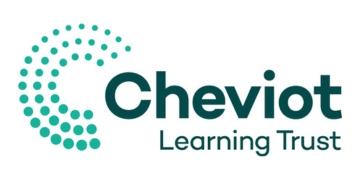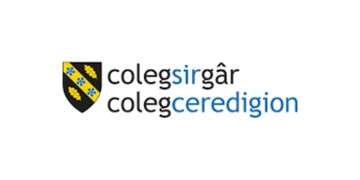England’s schools make more use of within-school “ability” grouping than those in other similar countries, yet there is no evidence that this practice results in better outcomes overall for students.
In fact, the Education Endowment Foundation toolkit reviews the best evidence available from experimental studies and concludes that there is a small negative impact of attainment grouping for middle- and low-attainers, and a small positive impact for high attainers. Effectively, setting and streaming are not effective ways to raise attainment for the majority of pupils. The practice seems even more questionable because we also know that pupils from disadvantaged backgrounds are more likely to have low prior attainment.
It’s not just pupils from economically disadvantaged backgrounds who may be losing out. In our recent study involving more than 9,000 pupils, we found that black pupils were 2.4 times more likely than white pupils to be placed in a lower maths sets at the start of secondary school in a manner unwarranted by their key stage 2 maths results. Asian pupils were 1.7 times more likely than white pupils to be placed in a lower set; and girls were 1.5 times more likely than boys to be placed in a lower set.
Research suggests that once in a lower set, pupils get a less rich curriculum and less good teaching and make less progress.
All this calls into question the widespread faith placed by schools in attainment grouping
We have also found that attainment grouping may have an effect on pupils’ self-confidence. At the beginning of year 7, pupils in the lowest sets for maths and English have lower self-confidence in those two subjects than their peers in higher sets – but they also have lower general self-confidence. Moreover, we have found evidence of a widening self-confidence gap between pupils in the highest and lowest sets, from the beginning of year 7 to the end of year 8.
All this calls into question the widespread faith placed by schools in attainment grouping. Our research found that only four per cent of schools use completely mixed-attainment grouping for maths in year 8. Moreover, PISA findings show that all participating schools used attainment grouping for at least one subject, and research conducted for the DfE found that one-third of schools used setting or streaming as a strategy to improve the attainment of disadvantaged pupils.
But would a move to mixed-attainment grouping be the answer? The fact is, we do not yet know enough about mixed-attainment grouping to say for certain that it is a better approach. The UCL Institute of Education’s current Student Grouping Study is investigating the usual practices of over 100 schools that use either mixed-attainment grouping or setting for maths in years 7 and 8. We hope to gather rich data about the specific ways in which schools teach pupils in sets and mixed-attainment groups and to understand what makes grouping and teaching successful. We hope then to be in a much better position to describe grouping practices that help all pupils to achieve and give all pupils access to a rich curriculum and great teaching.
In the meantime, we think there is enough evidence of the potentially negative effects of setting to ask teachers to reflect on their grouping practices and consider some tweaks that can help make setting fairer for all pupils.
We recommend that setting is as subject-specific as possible to avoid the negative effects of streaming. We advise that schools group pupils by attainment only, to avoid any unconscious bias creeping in, and that schools use a lottery to place borderline pupils into sets. We think schools should take care to give pupils in low sets access to the best teachers, with high expectations, and to a high-quality curriculum that enables pupils to succeed in a higher set when their attainment improves and they are ready to move up a group.
In the light of the research evidence, we’re asking schools to reflect on their grouping practices and consider whether they could be made fairer. And we’re asking teachers to start a conversation with their colleagues and with us about it. You can get started here www.ucl.ac.uk/ioe/groupingpledge







As Becky asks: what’s the alternative?
Although the data provided is interesting, it’s not, I feel, conclusive. In a nutshell, teaching is finding the balance, for individuals, between challenge and support. How can you find that balance with large class of varying individual capabilities and capacities? Too much challenge, youngsters give up. Too little challenge and they arse about. Too much support and youngsters aren’t learning. To little support and youngsters sink.